
USB-C vs. Thunderbolt: Which Is Better for Your PC?
Understanding USB-C and Thunderbolt
In 2025, USB-C and Thunderbolt remain two of the most widely used high-speed connection standards for PCs, laptops, and peripherals. Both offer fast data transfer, power delivery, and video output, but they are not identical.
This guide breaks down the key differences, advantages, and best use cases for USB-C vs. Thunderbolt so you can make an informed decision when choosing the right connectivity option for your PC.
1. What is USB-C?
USB-C is a universal connector that has replaced older USB-A and USB-B ports. It is reversible, meaning you can plug it in either way, making it more convenient than older USB connectors.
🔹 Key Features of USB-C:
✔ Supports USB 3.2, USB 4.0, and older USB standards
✔ Provides power delivery (up to 100W) for charging laptops & accessories
✔ Supports video output (DisplayPort, HDMI, VGA with adapters)
✔ Compatible with most modern devices, including PCs, smartphones, and docking stations
2. What is Thunderbolt?
Thunderbolt is an advanced high-speed interface developed by Intel, built on top of USB-C. It offers significantly higher data transfer speeds and greater flexibility for connecting multiple devices.
🔹 Key Features of Thunderbolt:
✔ Thunderbolt 4 supports speeds up to 40Gbps
✔ Can daisy-chain up to 6 devices (monitors, external GPUs, storage)
✔ Provides power delivery up to 100W
✔ Offers PCIe and DisplayPort support for high-performance peripherals
✔ Backward compatible with USB-C devices
3. Key Differences Between USB-C and Thunderbolt
| Feature | USB-C | Thunderbolt |
|---|---|---|
| Maximum Speed | 10-20Gbps (USB 3.2 & USB 4) | 40Gbps (Thunderbolt 4) |
| Power Delivery | Up to 100W | Up to 100W |
| Video Output | Supports DisplayPort, HDMI (with adapters) | Supports multiple 4K monitors via DisplayPort |
| Daisy-Chaining | No | Yes (Up to 6 devices) |
| PCIe Support | No | Yes (for external GPUs, high-speed SSDs) |
| Backward Compatibility | Works with USB-A/B via adapters | Works with USB-C devices |
4. Which One Should You Choose?
Choose USB-C if:
✅ You need a standard, versatile connector for charging and data transfer
✅ You want a budget-friendly option for peripherals and displays
✅ You don’t require high-speed external GPUs or storage solutions
Choose Thunderbolt if:
✅ You require high-speed data transfers for professional workloads
✅ You use external GPUs, 4K+ monitors, or high-performance SSDs
✅ You need daisy-chaining support to connect multiple devices
Final Thoughts: The Best Option for Your PC
Both USB-C and Thunderbolt offer excellent performance, but Thunderbolt is better suited for professionals and power users needing extreme speed and multi-device connectivity. For everyday users, USB-C is more than enough for charging, data transfer, and video output.
🔥 Which one do you prefer? Let us know in the comments! 🚀

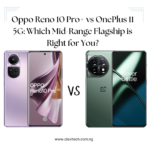

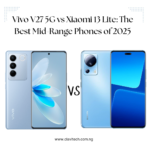

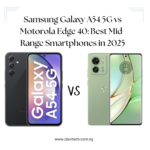


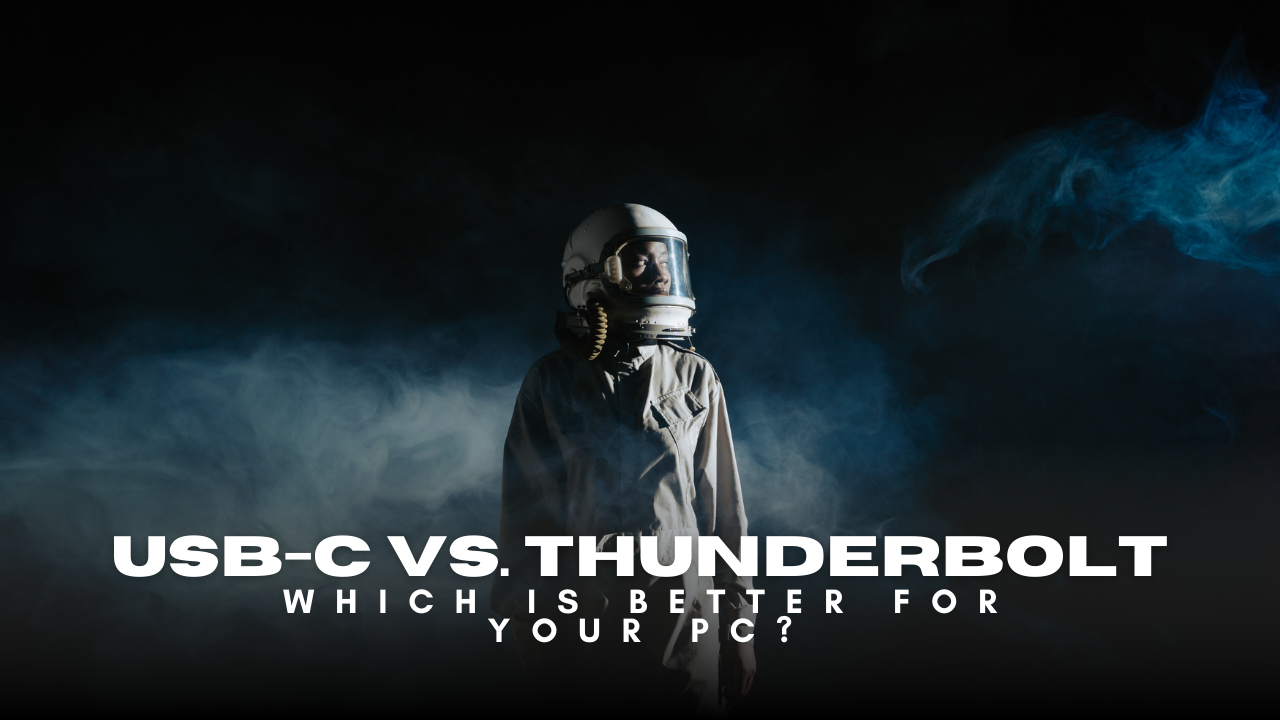
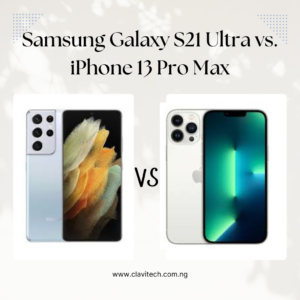
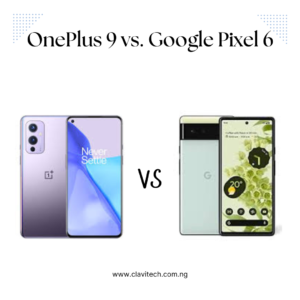
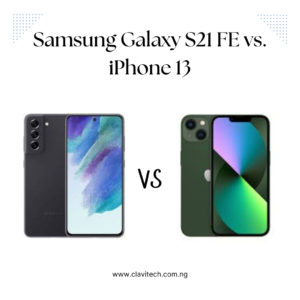

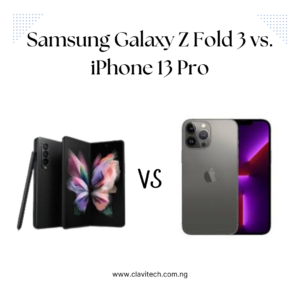
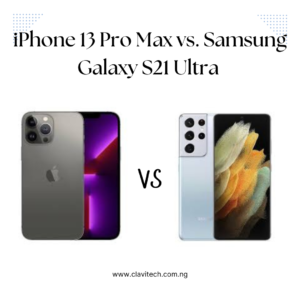
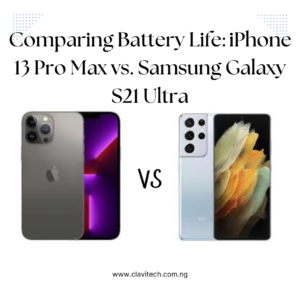
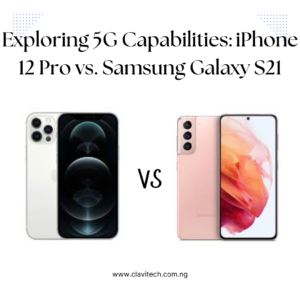
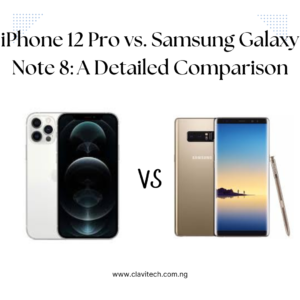

Post Comment